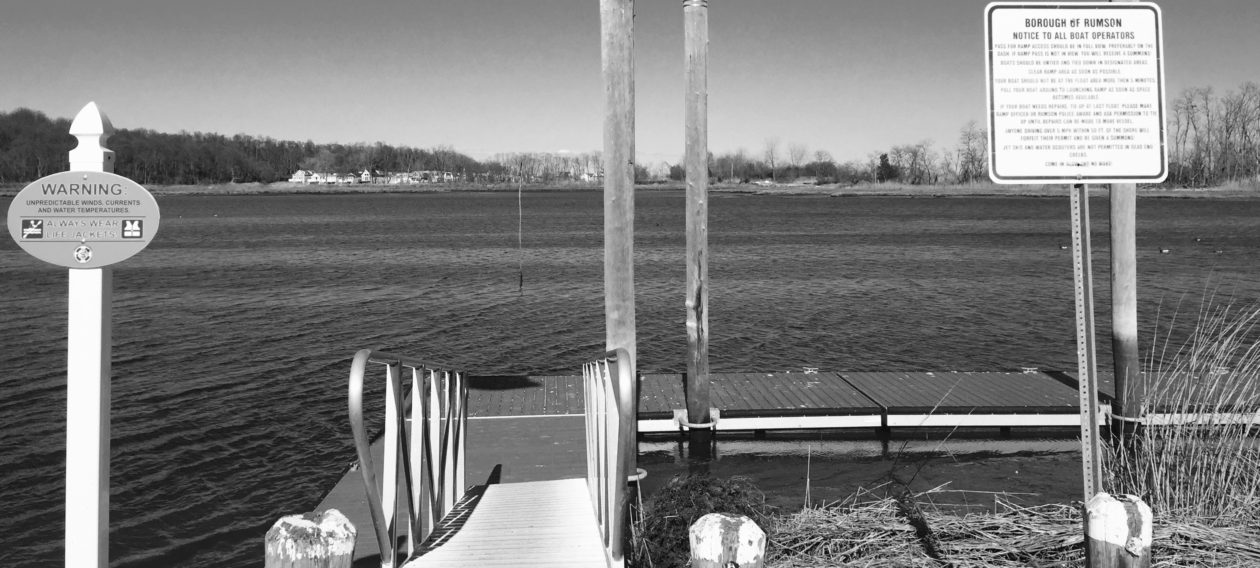Longtime area resident and volunteer, John Joseph Duffy, died peacefully in his sleep on July 12. He was 87.
Continue reading In Memoriam: Longtime Area Resident, Volunteer, John Duffy, 87Tag Archives: Monmouth Conservation Foundation
What the ‘Yes’ to the Open Space Ballot Question Means
By Elaine Van Develde
Voters said “yes” to the state open space funding question on the 2014 ballot.
But what does that really mean?
It’s one of those questions on the ballot that many don’t understand oftentimes bypass for that reason or another — more often than not because it seems too convoluted to process while voting.
This election what was Question #2 did not elude voters. The majority, 79,605, or an overwhelming 62 percent, said “yes” to a measure will put in place a mechanism to permanently fund open space acquisitions.
In years past, voters have been asked to OK local taxes of anywhere from a penny to a few cents per $100 of assessed property value to put funds in a trust dedicated to the acquisition and preservation of swaths of land seen as prime for forever passive or active recreation.
But, such land has become more and more expensive, as a valued diminishing asset. And, as many municipalities rely on state and county grant funds to supplement their acquisitions — taking a percentage of the purchase burden off taxpayers — funds have been exhausted while towns’ acquisition “wish lists” have dwindled due to economics.
So, the state came up with a way to take a percentage of a tax already brought in and dedicate it to open space.
It’s a permanent mechanism. And, in accordance with the regulations that accompany any grant for such space preservation, once the land is preserved, it can never again be used for any commercial or private development purpose — only passive and/or active recreation.
By the same token, environmentalists and preservationists have touted for years, once land is lost to development, it’s lost forever.
In this case, now 4 percent of corporate business tax revenue will be automatically put in the open space piggy bank from 2016 to 2019. Then, from 2019 on, 6 percent will go into the preservation coffers.
While this money has already been helping with the proliferation of environmental programs, it will now also cover land preservation in several ways: open space/passive and active recreation land acquisition, agricultural (farmland) help, and flood buyout assistance.
On the Friday before the election, now re-elected Monmouth County Freeholder Lillian Burry was on hand to congratulate Fair Haven officials on the acquisition of the historic Williams/Robards property at the foot of DeNormandie Avenue.
Burry called the closing on the property a prime example of how the “yes” to the #2 ballot question would benefit the public and future generations.
Saying that she had been supporting the question on the campaign trail, she called attention to the fact that the long-time-coming acquisition of the DeNormandie property involved state funds that would get a big boost from the new measure that the question proposed, such as the state Department of Environmental Protection’s Blue Acres and Green Acres programs.
“It’s exciting to be part of such a wonderful occasion and to think about how wonderful it is that all these entities working together were able to come to this wonderful conclusion and that is to save this piece of property,” Burry said. “You can’t do better than this. I’ve been on projects that take longer than 10 years. I always say, ‘In my lifetime, please.’ This was well worth waiting for.”
Yet another portion, or $100,000, of the funding for DeNormandie came from the non-profit Monmouth Conservation Foundation.
The organization’s executive director, Bill Kastning, also a major proponent of Question #2, called DeNormandie an example of a quality acquisition, more of which he’d like to see come to fruition.
“The Monmouth Conservation Foundation saw a need here to assist Fair Haven with the acquisition of this all important piece of property,” Kastning said. “In it’s 37 years, the foundation has helped with the preservation of about 6,500 acres. Quantity counts and quality counts. While we’re talking here of only 6.9 acres, it’s 6.9 acres of waterfront property, a portion of the waterfront, a fantastic view, and a walkable park for a community that certainly needs access to the waterfront. Saving this property … You can’t do better than this.”




You must be logged in to post a comment.